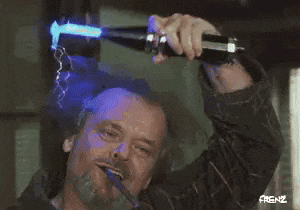Tesla’s Contributions to Medicine
April 2006
By Igor Salopek and Gordana Žauhar
Abstract
Scientist, inventor, electrical engineer – Nikola Tesla (Smiljan, 1856 – New York, 1943), made a significant contribution to medicine by inventing a transformer for creating highfrequency and high-voltage “Tesla currents”. High-frequency currents can be used in medical diathermy, where electrical energy is converted into heat and heats the tissue inside the organism, acting therapeutically. Tesla himself warned about this effect as early as 1891 in the Electrical World magazine, after the experiment of passing electricity through his own body. Namely, although he had no medical education, he was interested in the physiological effects of electricity, and corresponded with doctors WJ Dugan and SH Monella about electrotherapy. In 1896, he published in the journal Electrical Review the X-ray images of the skull that he managed to produce before Röntgen himself, but he could not explain the nature of their origin. Six years before, he noticed that by placing an object on a photographic plate in a visco-frequency electric
field, an image of that object, bordered by light, remained on the plate. This phenomenon, called the “Kirlian effect”, is interpreted as an “aura”, that is, the energy field of living organisms. In 1896, he patented an ozonizer, a device for the production of ozone, which he produced in the Tesla Ozone company from 1900 and sold to doctors. After researching museum materials, exhibits and literature, the article places special emphasis on the application of his inventions in medicine. With a brief review of Tesla’s transformer of the Institute of Physics of the Faculty of Medicine of the University of Rijeka from 1908, it is finally concluded that Nikola Tesla, first of all through his invention transformers and the discovery of X-rays, made a significant contribution to both medical diagnostics and therapy.



Leave a Reply